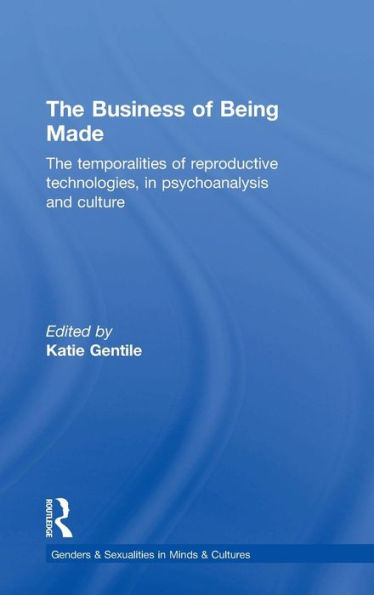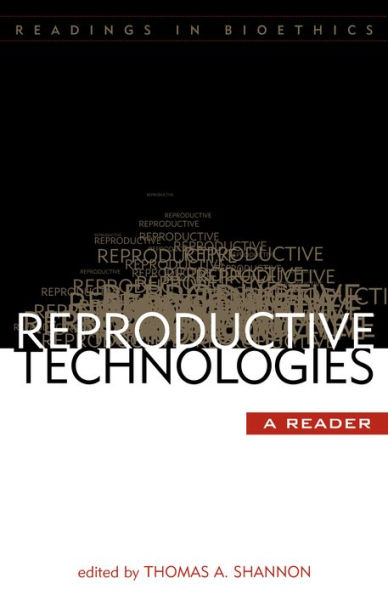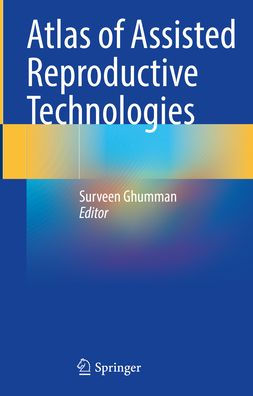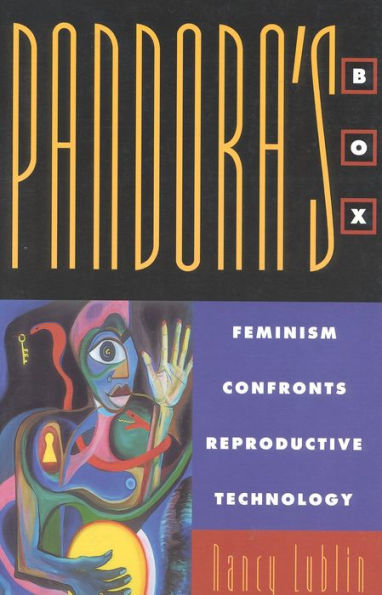Home
Man-Made Women: How New Reproductive Technologies Affect Women
Barnes and Noble
Loading Inventory...
Man-Made Women: How New Reproductive Technologies Affect Women
Current price: $110.00
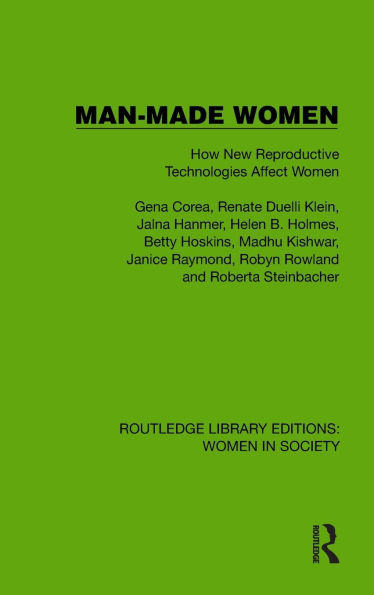
Barnes and Noble
Man-Made Women: How New Reproductive Technologies Affect Women
Current price: $110.00
Loading Inventory...
Size: Hardcover
*Product information may vary - to confirm product availability, pricing, shipping and return information please contact Barnes and Noble
In the early 1980s the new reproductive technologies available supposedly offered infertile women a chance to have children. However, there was growing concern that the determination of scientists to dominate nature, their disregard for women’s well-being, and the financial gains to be made from these technologies would together result in the increased modification of all women’s lives and the loss of even more control over our own bodies.
Originally published in 1985, the essays in
Man-Made Women
describe the technologies being used and researched in the areas of
in vitro
fertilization (’test-tube babies’), sex-predetermination and embryo transfer at the time. They discuss the practical application of the technologies on an international scale and draw attention to the racist and classist assumptions on which they are based. There is also information about the international action that feminists had begun to counter these so-called benevolent and therapeutic technologies.
hoped to encourage women to start questioning the ‘miracle’ of these new reproductive technologies and to become involved in crucial decisions about their bodies and their lives.
Originally published in 1985, the essays in
Man-Made Women
describe the technologies being used and researched in the areas of
in vitro
fertilization (’test-tube babies’), sex-predetermination and embryo transfer at the time. They discuss the practical application of the technologies on an international scale and draw attention to the racist and classist assumptions on which they are based. There is also information about the international action that feminists had begun to counter these so-called benevolent and therapeutic technologies.
hoped to encourage women to start questioning the ‘miracle’ of these new reproductive technologies and to become involved in crucial decisions about their bodies and their lives.
In the early 1980s the new reproductive technologies available supposedly offered infertile women a chance to have children. However, there was growing concern that the determination of scientists to dominate nature, their disregard for women’s well-being, and the financial gains to be made from these technologies would together result in the increased modification of all women’s lives and the loss of even more control over our own bodies.
Originally published in 1985, the essays in
Man-Made Women
describe the technologies being used and researched in the areas of
in vitro
fertilization (’test-tube babies’), sex-predetermination and embryo transfer at the time. They discuss the practical application of the technologies on an international scale and draw attention to the racist and classist assumptions on which they are based. There is also information about the international action that feminists had begun to counter these so-called benevolent and therapeutic technologies.
hoped to encourage women to start questioning the ‘miracle’ of these new reproductive technologies and to become involved in crucial decisions about their bodies and their lives.
Originally published in 1985, the essays in
Man-Made Women
describe the technologies being used and researched in the areas of
in vitro
fertilization (’test-tube babies’), sex-predetermination and embryo transfer at the time. They discuss the practical application of the technologies on an international scale and draw attention to the racist and classist assumptions on which they are based. There is also information about the international action that feminists had begun to counter these so-called benevolent and therapeutic technologies.
hoped to encourage women to start questioning the ‘miracle’ of these new reproductive technologies and to become involved in crucial decisions about their bodies and their lives.
